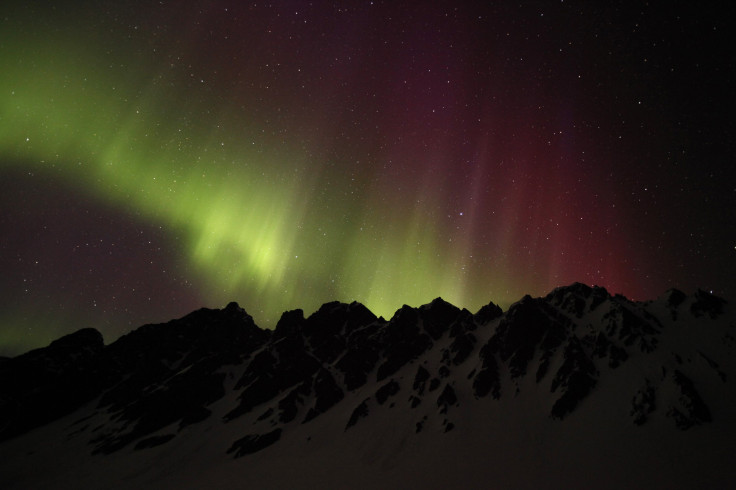What Is Aurora Borealis? NASA Launches First Sounding Rocket In Alaska

Northern lights — or aurora borealis, to use their formal name — are not just a visual delight that borders on the surreal, they are also a storehouse of information about near-Earth space, and therefore, understanding them better will help us get a better insight into solar winds, our planet’s magnetosphere and the interaction between the two.
To that end, NASA is undertaking a three-mission program which, over five separate launches, will try to understand various aspects of this largely mysterious phenomenon. The first payload to be launched was the Polar Night Nitric Oxide instrument, which was put in orbit in January, using a Black Brant IX sounding rocket that took off from Poker Flat Research Range, Alaska.
The second payload, which is part of the second mission — called Ionospheric Structuring: In Situ and Groundbased Low Altitude StudieS or ISINGLASS — took off from the same launch pad at 5:14 a.m. EST Wednesday. This mission is intended to study the structure of auroras. Another rocket with an identical payload will be launched (the launch window ends March 3) and the two rockets will be in different types of auroras — one a dynamic Alfenic curtain and the other an inverted-V arc.
While the team behind the mission is reviewing the data received during the flight, Kristina Lynch, ISINGLASS principal investigator from Dartmouth College in Hanover, New Hampshire, said in a statement: “The visible light produced in the atmosphere as aurora is the last step of a chain of processes connecting the solar wind to the atmosphere. We are seeking to understand what structure in these visible signatures can tell us about the electrodynamics of processes higher up.”

The other two launches that will make up the third mission, called Neutral Jets in Auroral Arcs, will also be made using the same rockets and they also have a launch window that closes March 3. Unlike the ISINGLASS launches, however, those two launches will be near-simultaneous.
Rob Pfaff, scientist at NASA's Goddard Space Center in Greenbelt, Maryland, and the principal investigator for the Auroral Arcs mission, said in the statement: “Electric fields drive the ionosphere which in turn are predicted to set up enhanced neutral winds within an aurora arc. This experiment will seek to understand the height-dependent coupling processes that create localized neutral 'jets’ within the aurora and their associated heating and neutral structuring.”
© Copyright IBTimes 2024. All rights reserved.





















